Sierra Nevada Corporation has revealed that one of the three A-29 Super Tucano single-engine turboprop light attack aircraft destined for Air Force Special Operations Command, or AFSOC, has received a special color scheme, recalling the command’s World War II heritage. It’s the first time we’ve seen official imagery of any of this trio of A-29s for the Air Force, which are due to be delivered to Hurlburt Field in Florida before the end of the year.
The heritage color scheme is based on the patterns worn by the aircraft flown by the 1st Air Commando Group, an antecedent of today’s 1st Special Operations Wing at Hurlburt Field, in the China, Burma, and India theater, or CBI, around 1944. Best-known among these were the P-51 Mustang and P-47 Thunderbolt fighters, but the scheme was also applied to transport, bomber, glider, and liaison types. All those aircraft wore distinctive diagonal white stripes around the olive drab fuselage, to aid identification and prevent friendly-fire incidents as they supported the British Chindit special operations forces on the ground.

Sierra Nevada Corporation (SNC) confirmed to The War Zone that the scheme, requested by Air Force Special Operations Command (AFSOC) will only appear on the second of the three aircraft. Painted at the request of AFSOC, the scheme will have special resonance with the Command, whose heritage continues to pay tribute to the 1st Air Commando Group’s exploits supporting the Chindits.
The second aircraft arrived at Sierra Nevada Corporation’s (SNC) Centennial, Colorado, modification facilities on February 23, where it joined the first example, which wears a standard gray paint scheme, the same as that on Afghanistan’s A-29s. The third aircraft is meanwhile in final production at Embraer Defense & Security’s facilities in Jacksonville, Florida.
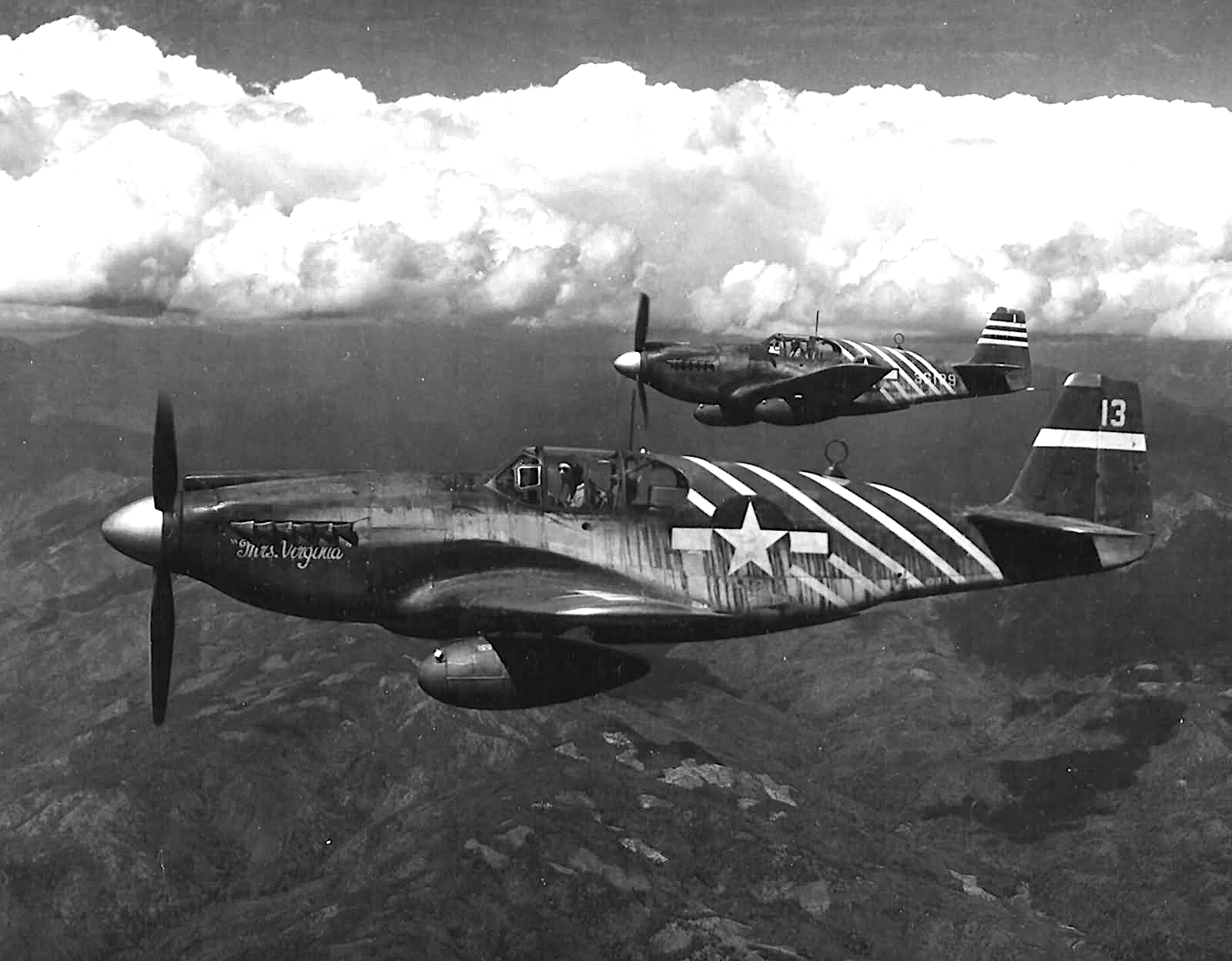
SNC, the prime contractor, and Embraer are producing the three Super Tucanos to support AFSOC’s Combat Aviation Advisor (CAA) mission. AFSOC will use the aircraft to support the training of CAAs, U.S. personnel who will then pass on their expertise by helping train allied air forces. The U.S. company will provide training and support for the Hurlburt A-29s continuing through 2024.
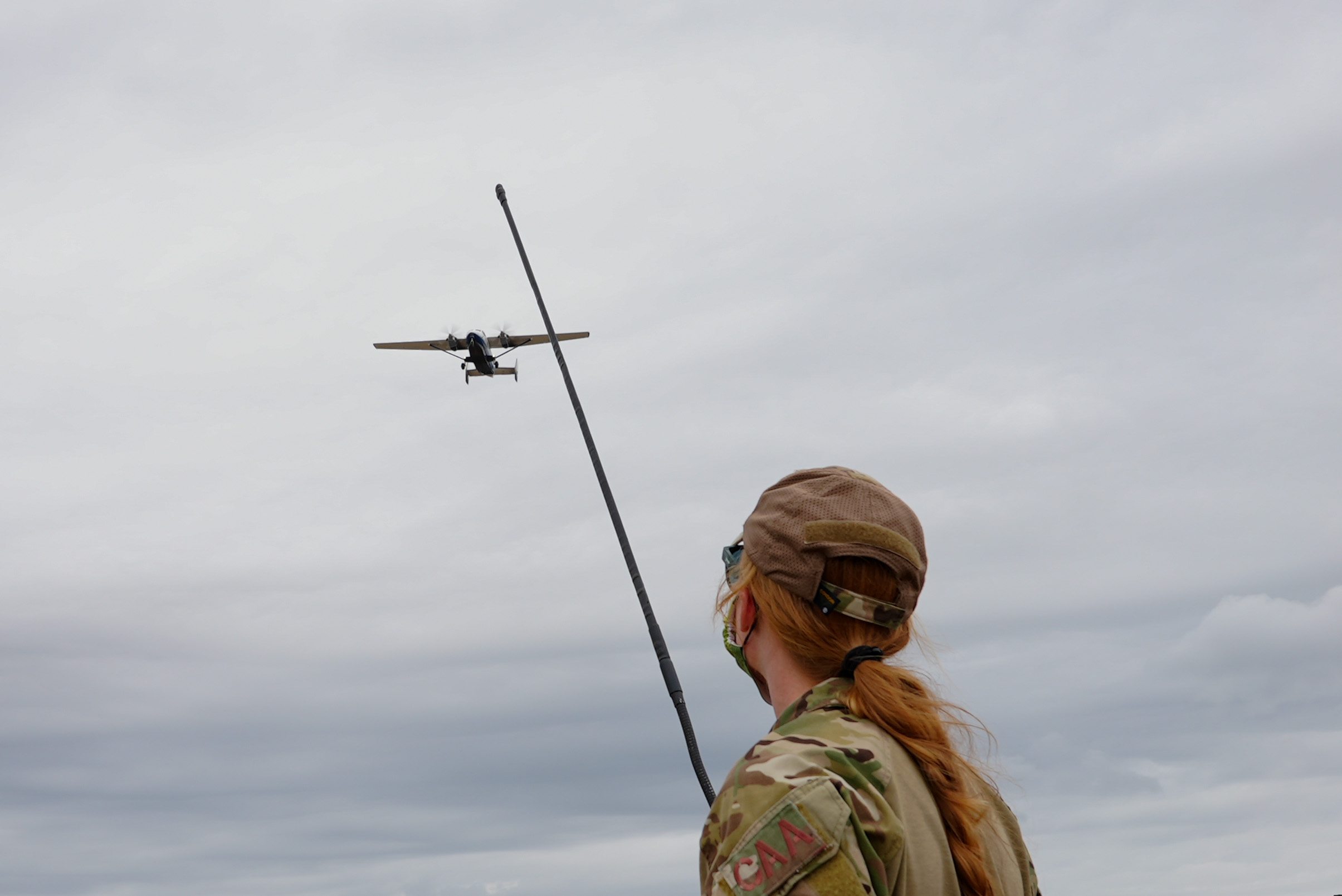
With so many nations around the world now operating the A-29, it makes a lot of sense for AFSOC to use this platform as the basis of the CAA program. According to the manufacturer, 15 air forces have selected the Super Tucano. One of the more recent customers is Nigeria, which is acquiring 12 examples via Foreign Military Sales channels, with the crew trained under the CAA initiative. The first examples of the Nigerian A-29 are due to be delivered in mid-2021.
The decision to apply a special paint scheme to one of the AFSOC A-29s follows the unveiling of the Air Force’s first Beechcraft AT-6E Wolverine light attack aircraft last month, with that aircraft wearing a camouflage pattern inspired by a Cold War-era scheme known as European One. The Wolverines will be used to support the Airborne Extensible Relay Over-Horizon Network, or AEROnet, program, which aims to develop low-cost communications and data-sharing architecture to better integrate with allies and partners during coalition operations.
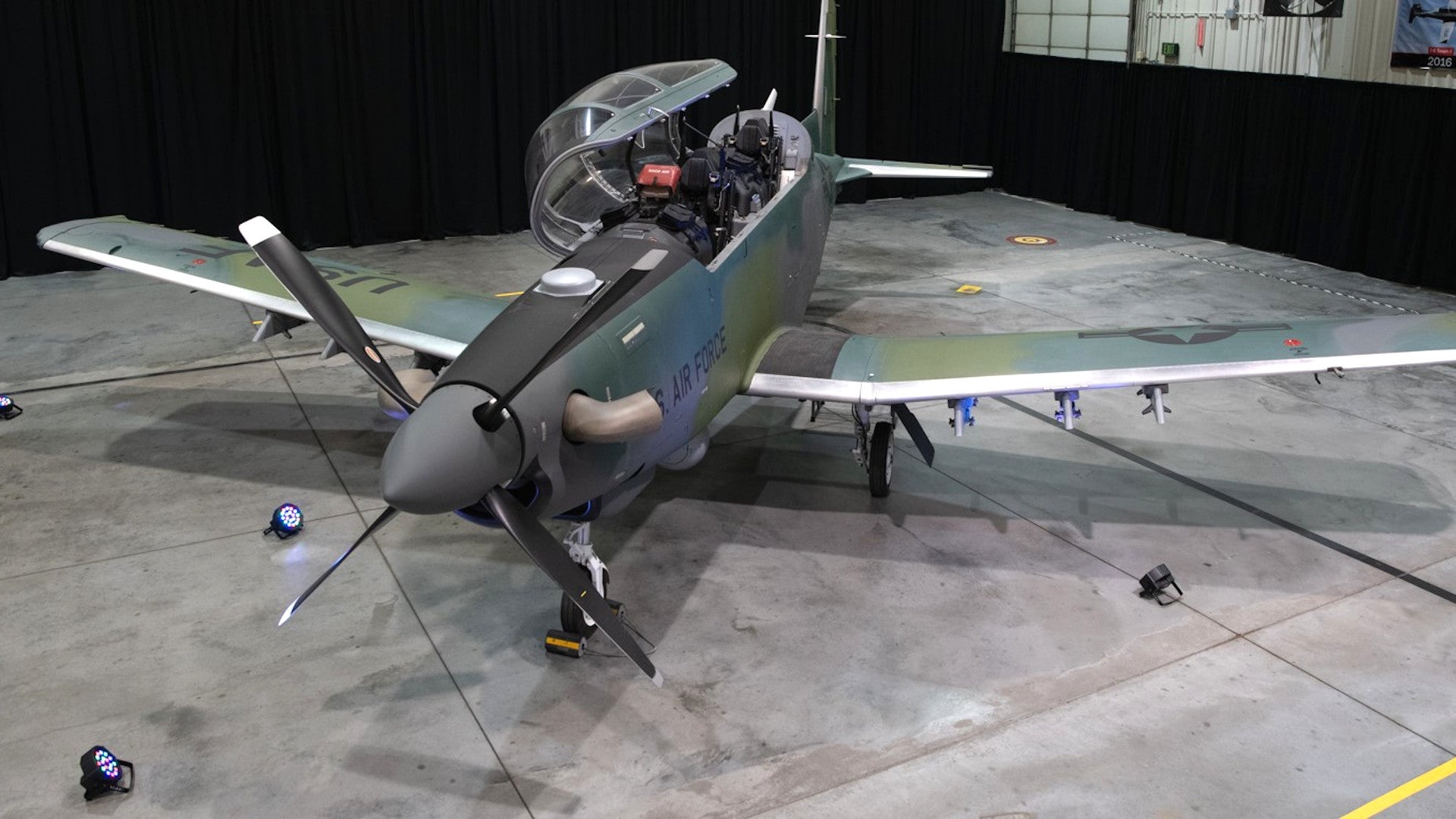
The Wolverine purchase came in the aftermath of the cancellation of the Air Force’s protracted and divisive Light Attack Aircraft (LAA) experiment, together with the three A-29s that are going to AFSOC.
While the A-29s will be new equipment for AFSOC, the Air Force is already familiar with them, having established a unit, the 81st Fighter Squadron, to train Afghan pilots to fly them, as part of the Light Air Support (LAS) program. That effort has now been completed and the final aircraft recently transferred to Afghanistan, where a U.S. instructor pilot ejected from an A-29 in an accident last summer. The mission that the pilot was involved in is a good example of the kind of security missions CAAs might be called upon to undertake, as well.
In the meantime, the 81st FS and the LAS initiative have been extended to train A-29 pilots from Lebanon and other countries.
The A-29s have been tested and evaluated by other U.S. services, as well, most notably during the Navy’s Imminent Fury project, which you can read more about here. The Super Tucano would also have been in the running for the Air Force’s Light Attack/Armed Reconnaissance (LAAR) program, which ran in parallel to the aforementioned LAS effort and likely would have had a CAA support component, as well.
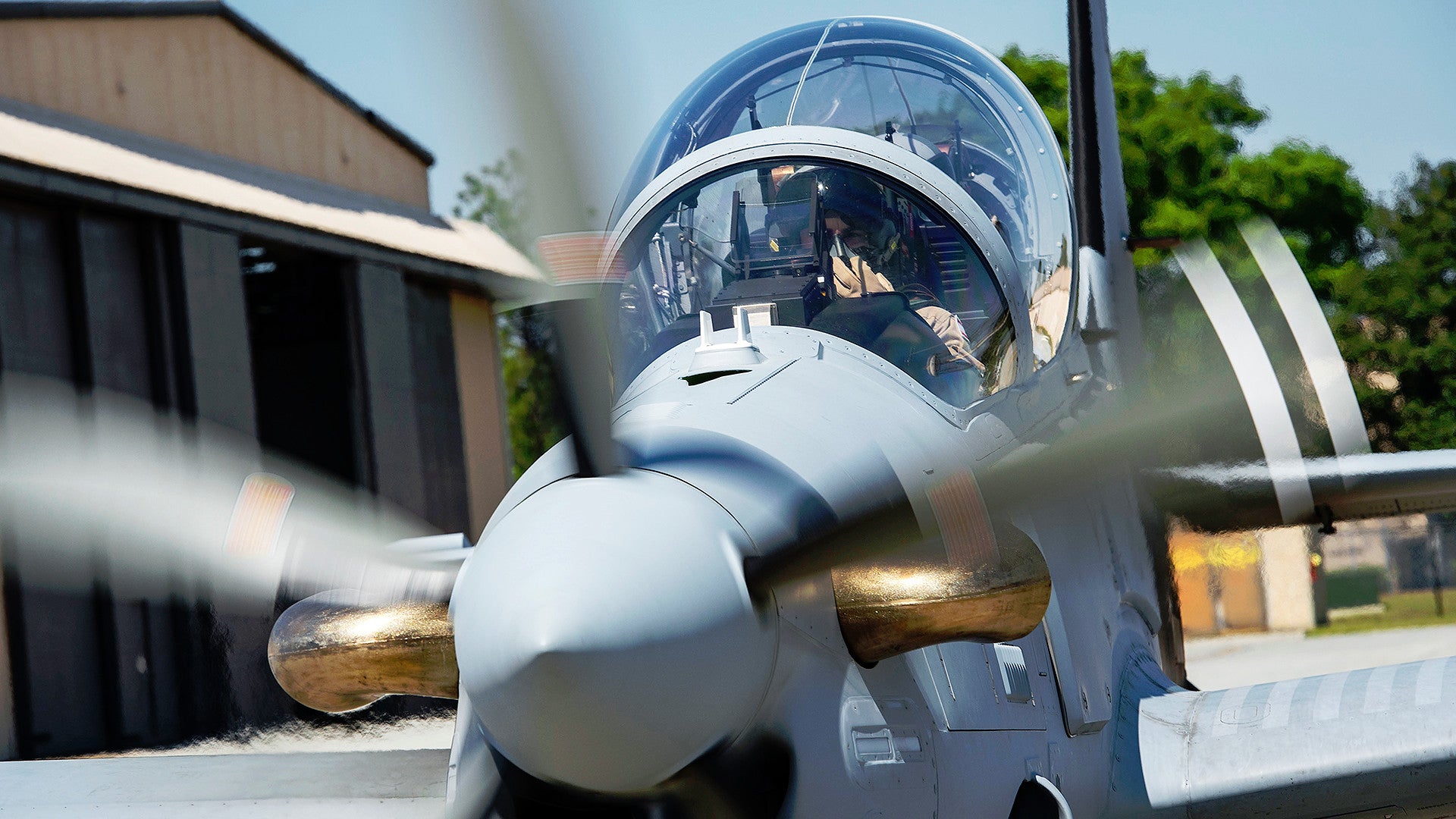
Beyond the CAA mission, AFSOC has, for some years, been seeking to introduce an aircraft for light attack and intelligence, surveillance, and reconnaissance (ISR) missions that would be better matched to lower-end warfare, including counter-terrorism, flying in uncontested airspace, and requiring minimal support infrastructure. That program is known as Armed Overwatch, but Congress blocked a fiscal 2021 request for funds to begin buying the aircraft last year.
It is still possible, however, that AFSOC may eventually get its hands on an Armed Overwatch platform. Earlier this year, the Command confirmed that it plans to undertake flying demonstrations of different platforms this year, with the aim of launching a procurement process in fiscal 2022.
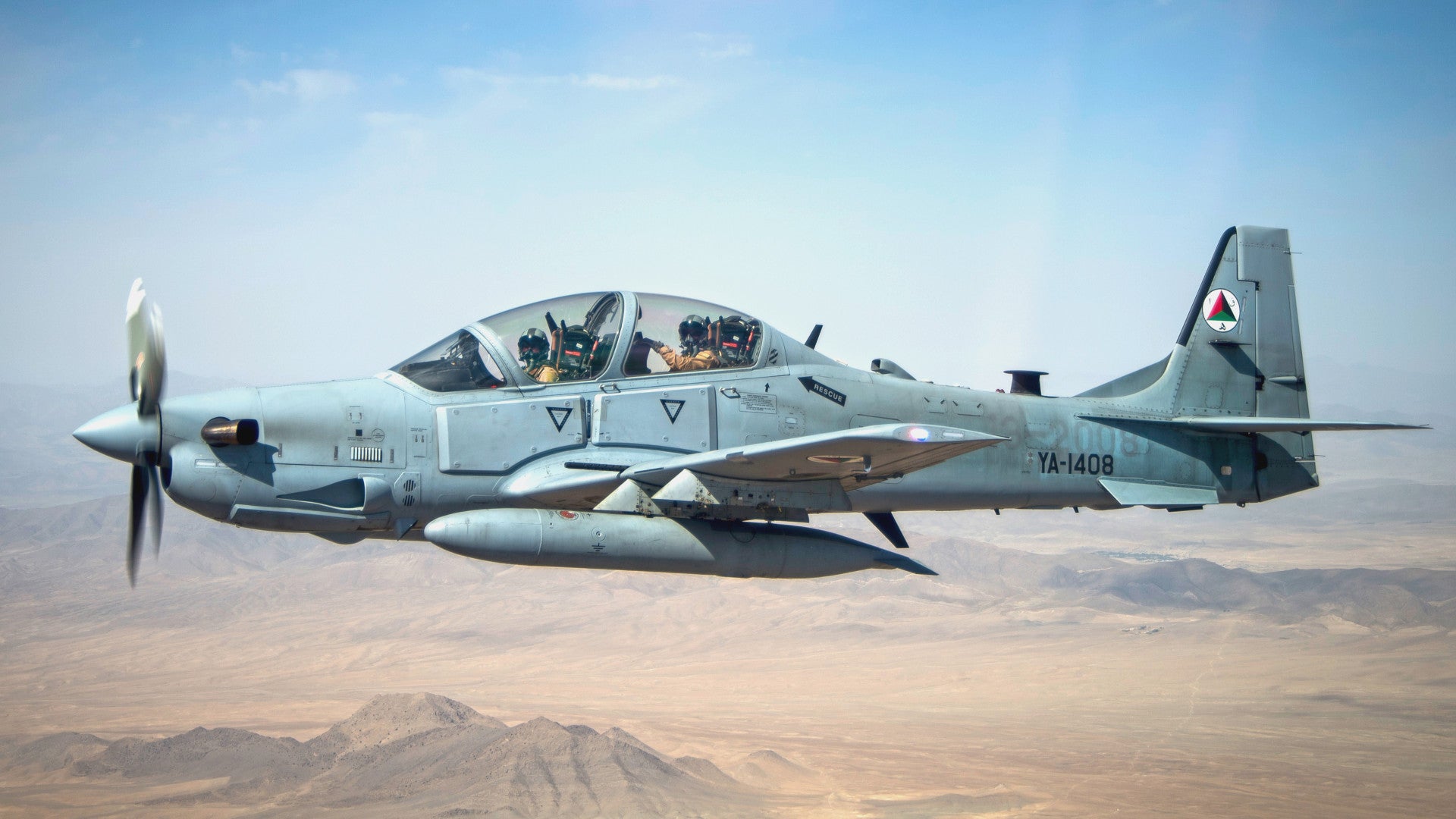
“I think we can do [Armed Overwatch] at relatively low risk based on what we’ve seen from the vendors who have indicated that they intend to bring platforms to demonstrate for us in the coming months,” said Lieutenant General James Slife, the AFSOC commander.
At this stage, it’s too early to say what type, or types, might be procured, if Armed Overwatch proceeds as planned. Reportedly, SNC, Textron Aviation, Air Tractor, and Leidos have all expressed their interest.
However, with the A-29 set to be established in AFSCOC in a training capacity before the end of the year, it could find itself especially well placed to become the Command’s next light attack/ISR aircraft, too.
Contact the author: thomas@thedrive.com
